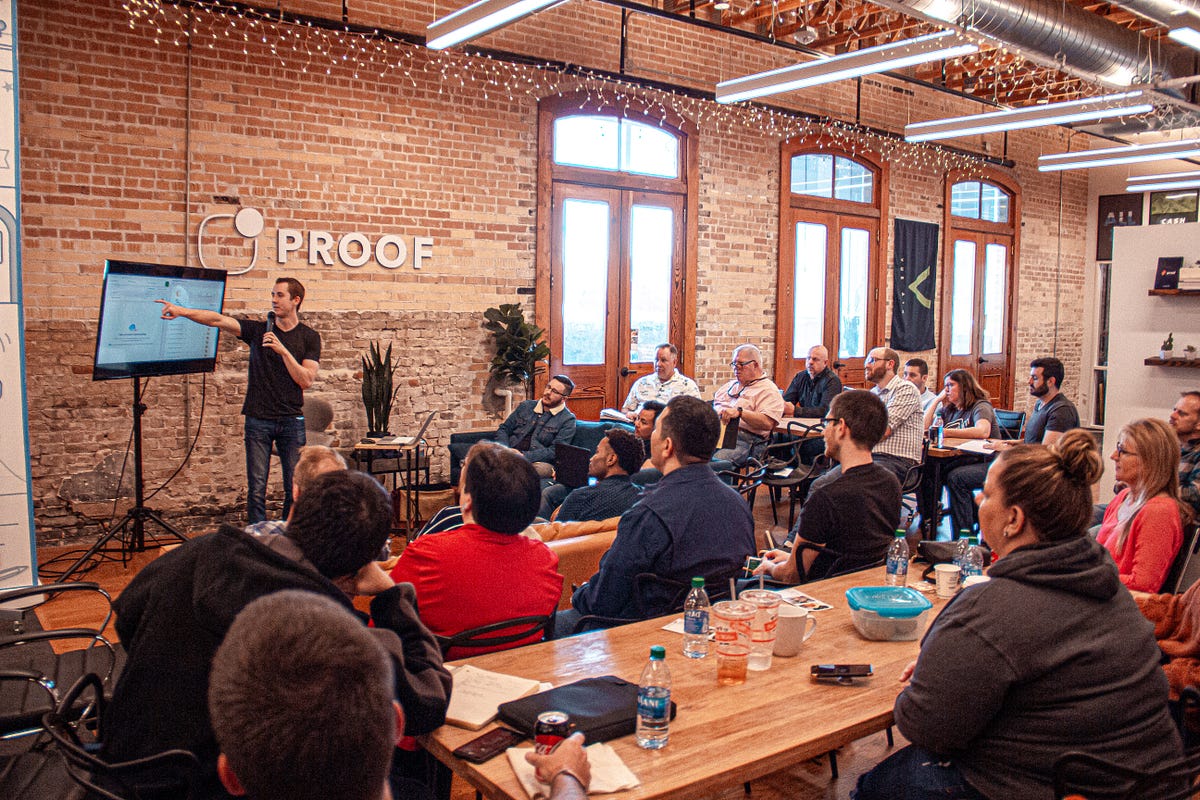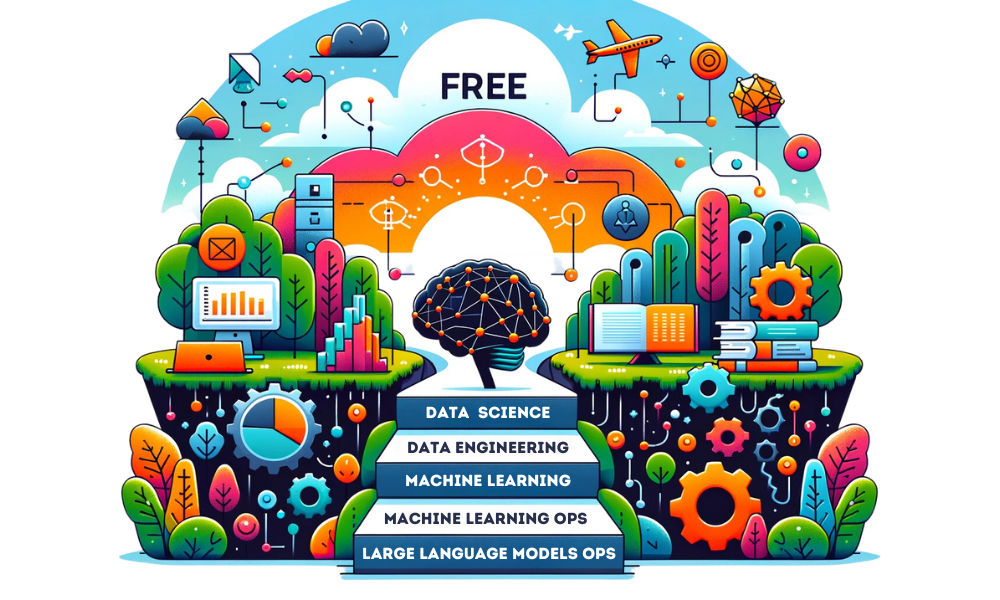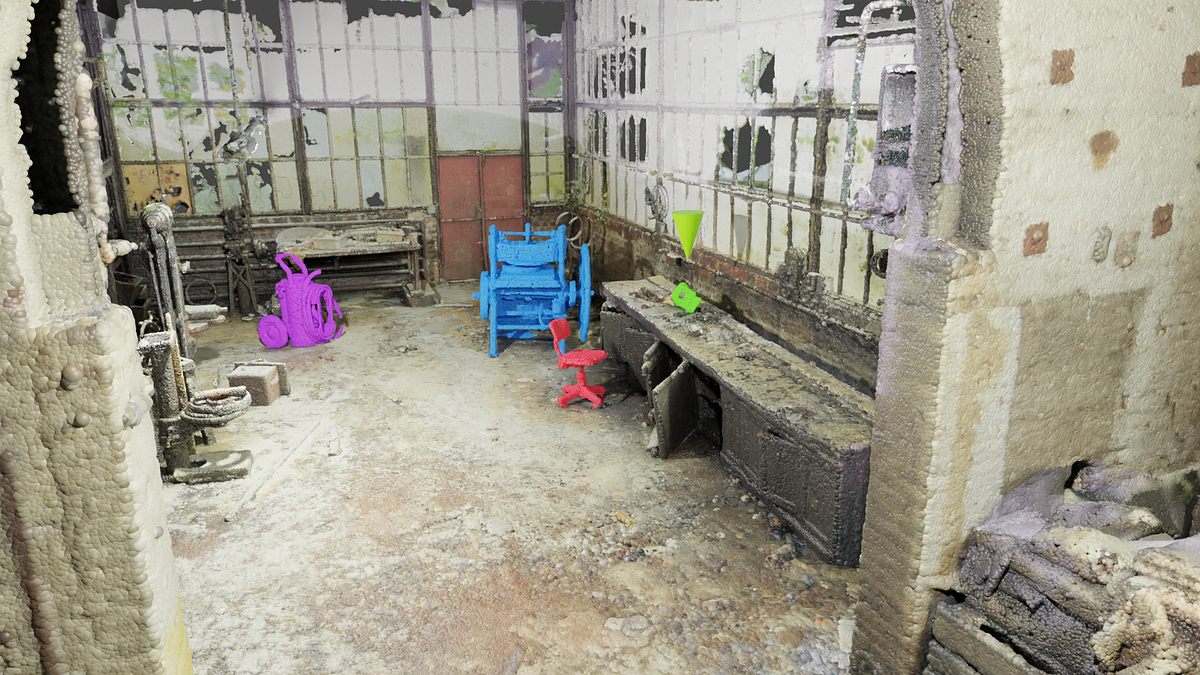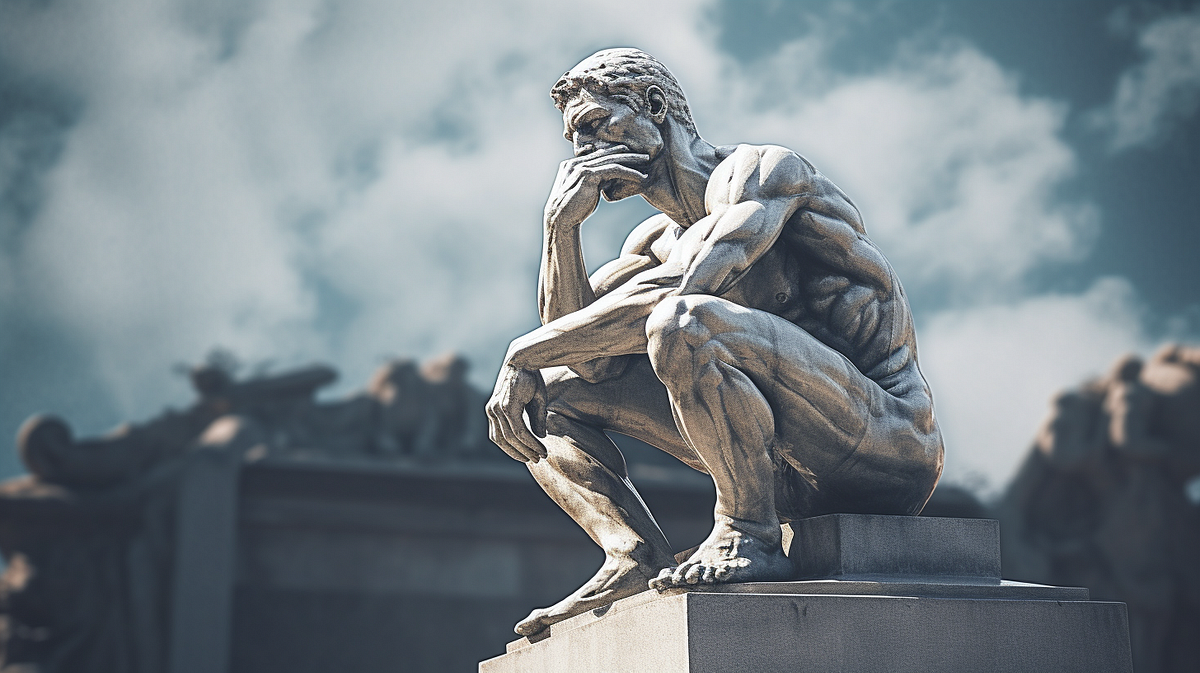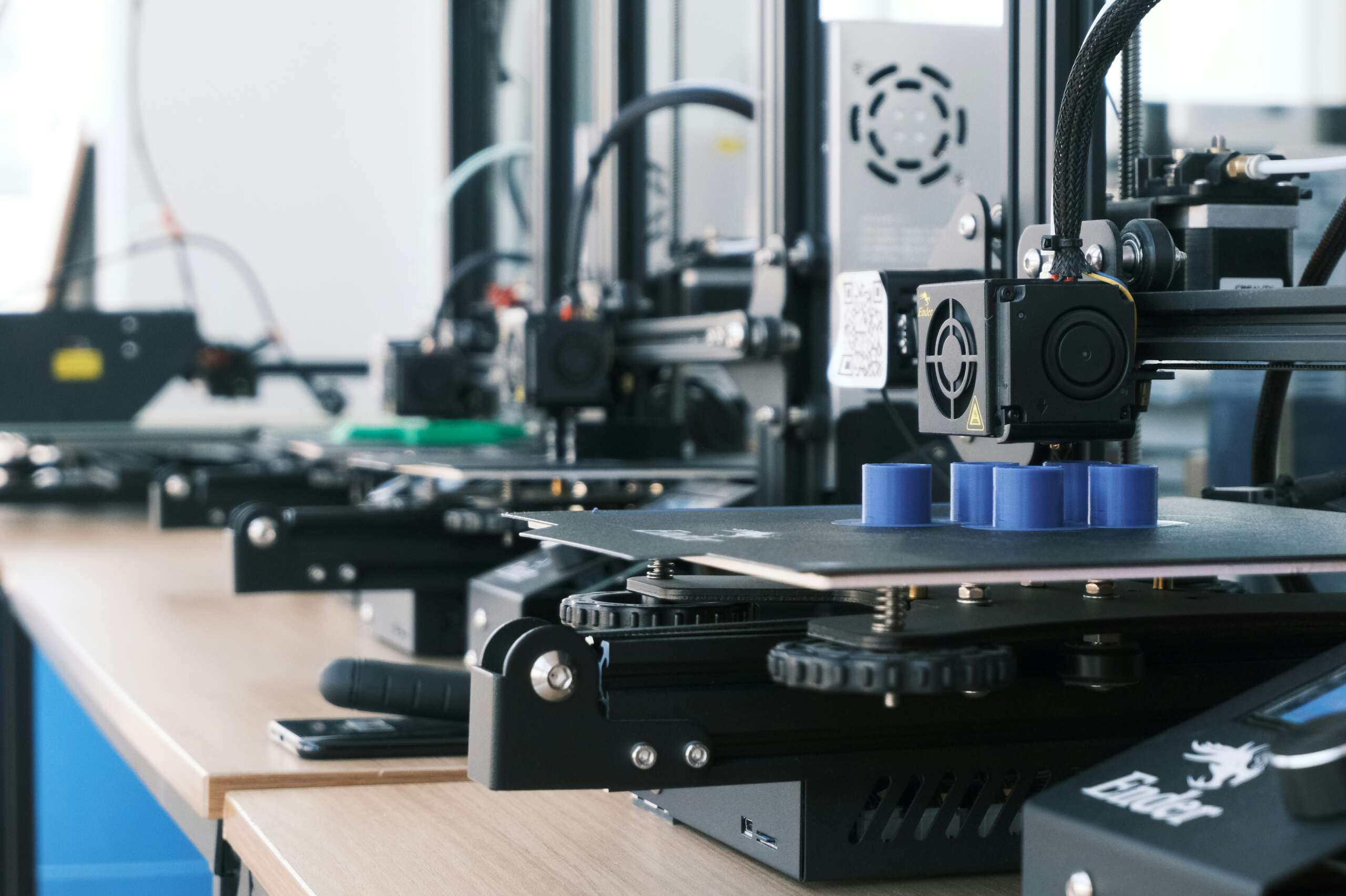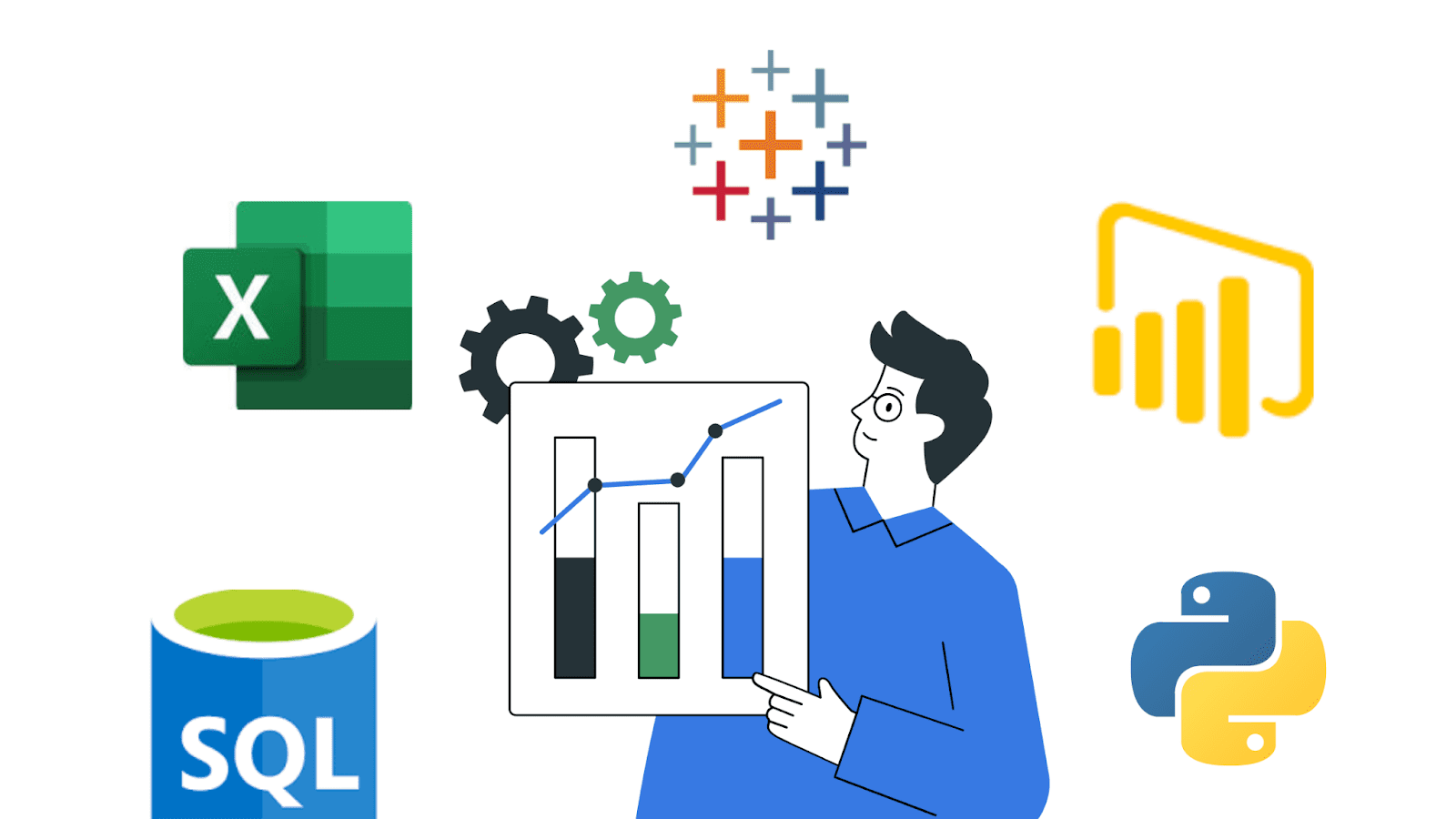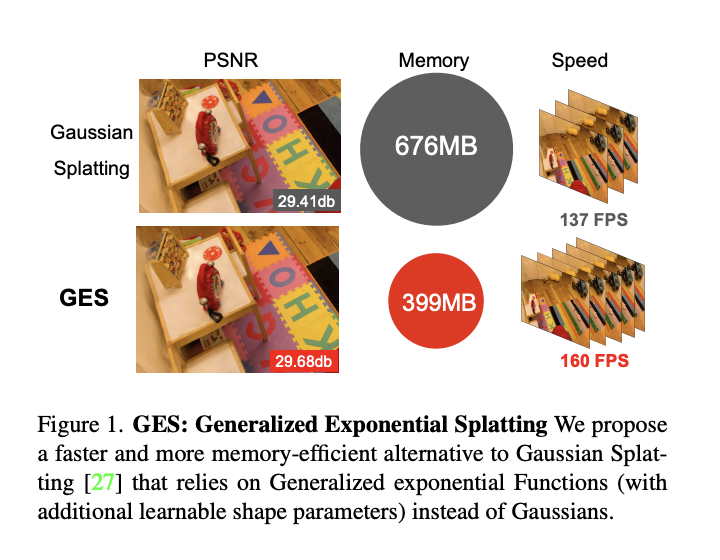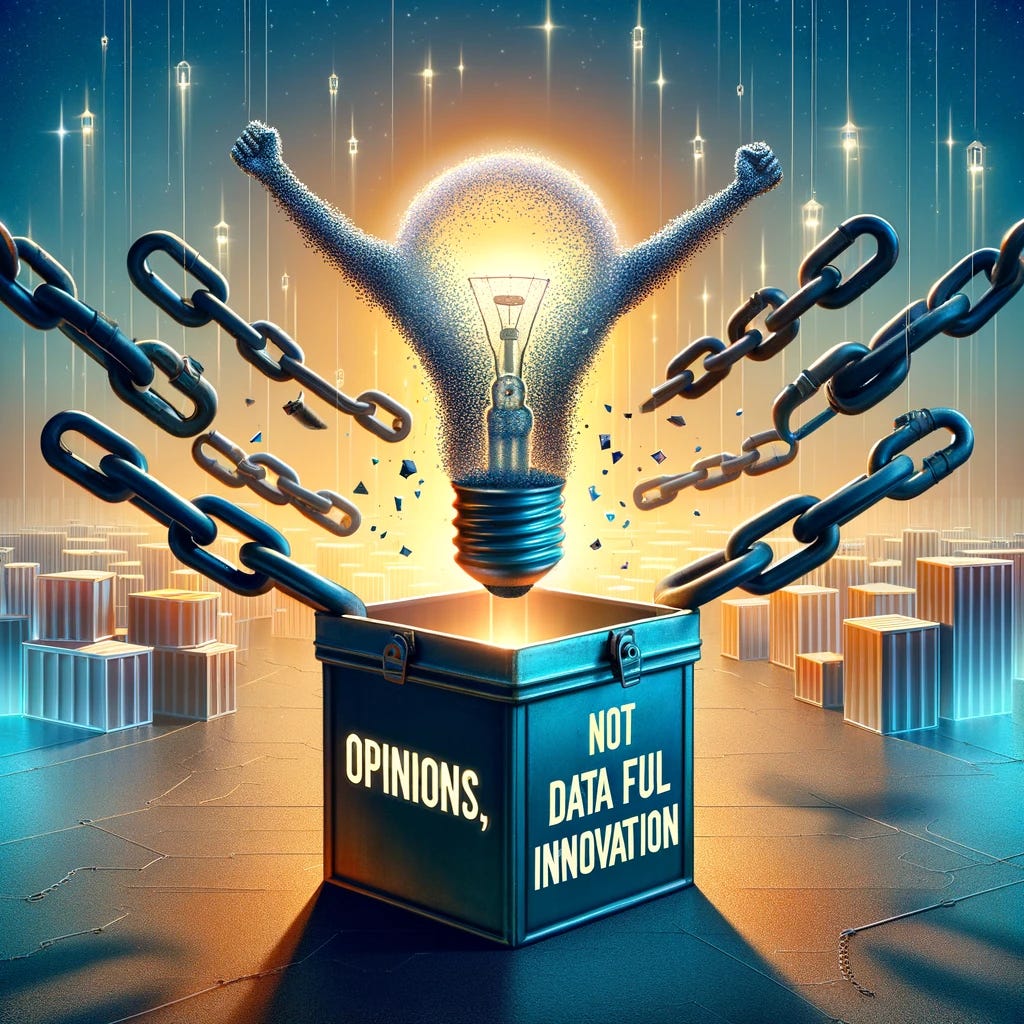Photo by Matthew Osborn on UnsplashHey Friend, Over the past few years, we’ve shared exciting developments in AI. In the last year, the world of Conversational AI and Chatbots has exploded and I’d love to share my insights and for you to be part of this wave. As the founder of ChatbotsLife, BecomingHuman.Ai, I’m thrilled…
